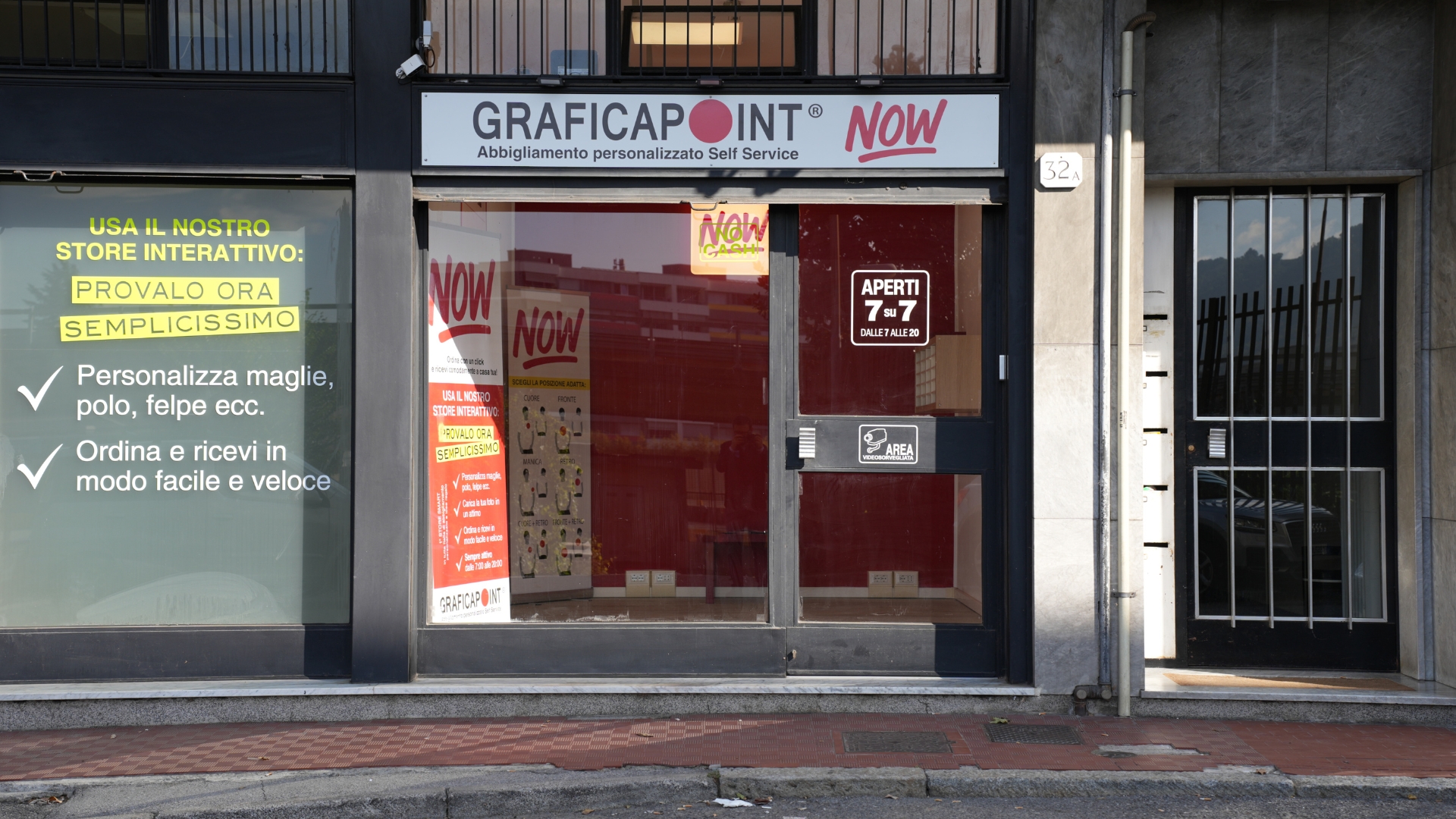How digital display vendors can accelerate deployment

How can digital signage & kiosk vendors accelerate their deployment by automatically leveraging retailers’ website content?
As a digital signage vendor or retail store owner, you'll likely already know the many benefits a digital screen can bring to your in-person stores.
Whether you use them to display your products, repurpose social media and brand content or simply provide helpful information and entertainment for your customers, digital screens, if utilised correctly, can be a great addition to your customer's in-store experience.
Even Shopify, one of the largest eCommerce platforms, recommends its clients use digital signage.

But in-store digital signage & kiosk projects can take a long time to be deployed.
What’s been particularly beneficial for vendors is the recent improvements in the ecosystem needed to facilitate content deployment. For example, you can read which content management system (CMS) solution ScreenCloud advises here.
However, despite these improvements, they can still take time to deploy, thus making it costly for clients.
The main reason for this is that, beyond the cost of the devices, the maintenance, the Content Management System (CMS) and the players, clients also need to invest in specific and relevant content.
Most of the time, this is the role of the retailers' marketing and communications team. This team wants content that is updated regularly and makes sure it follows their brand and communication guidelines. However, as they often don’t have the internal resources to build and maintain this content, they take external resources like agencies and freelancers to make it.
This “content part” of the Digital Signage and Kiosk projects adds another layer of cost for the retailer, which becomes a deterrent to using them. There is, however, a solution to reduce the cost of content creation (and update)- by reusing content that retailers already have on their website and distributing it automatically on their in-store displays.
So, why should retailers reuse their website content on their in-store digital signage and kiosks?
1. Most retailers’ website content is of high quality and readily available
In recent years, many retailers have invested a sizeable amount of time and money into designing unique websites with high-quality content for their customers.
This content is already validated by their marketing and communication team so that they can easily reuse it on another communication channel. For instance, retailers can display this high-quality content on their Digital Signage and kiosks in stores. But, retailers need technologies to “link” their eCommerce website with the CMS software that pulls and manages their content on the in-store display.
2. The technology needed to re-use website content is now ready

The technology used to leverage existing website content from a retailer’s website is called web scraping. It’s as simple as it sounds - it pulls your website's data to display its published content. Using web scraping can ensure that your digital signage content is always up-to-date in correspondence with your client's websites.
It also simultaneously reduces the manual work required to keep your digital signage updated for your customers regarding your latest products, pricing and availability.
Additionally, web scraping can automatically pull content from third-party websites, such as customer reviews from Google, Instagram content and subscription to the retailer's newsletter etc.
This is another convenient way to provide additional relevant and engaging content for your customers to enjoy in-store. On top of web scraping, you can also use APIs and other technologies like AI to personalise content based on factors like a shopper's location, which sales assistants can then use to help customers regarding the best products to promote on their display/kiosk.
Therefore, due to the already high-quality website content most retailers now have, and the technology needed to reuse it, retailers can create additional value for their customers in-store by displaying it on their digital signages and kiosks.
How do you implement these technologies in the ecosystem (MDM, CMS, players)?
In short, a CMS can take these technologies and add them as another content channel. For example, some retailers may be interested in displaying a product's content (coming from their eCommerce website) and some branding content on the same display.
Solutions like Cloudshelf can be added to the CMS with a simple URL to achieve this and therefore display Cloudshelf and other branding sources simultaneously.
The main points of focus? “Automation” and “User experience”
The main advantage of this type of new solution is that it is fully automated. This means a specific team in charge of making and updating content for in-store Digital signage and Kiosks is no longer needed, as it is already done at the website level regularly by the marketing team - so content is already validated!
To summarise- as most retailers invest a lot in their websites, the quality of their content is high, so the in-store experience is already even better for customers.
Retailers can save time and money, whilst their partners can deploy their projects much faster. The automation is also in the creation of the interface for the display.
For example, Cloudshelf can bring an experience that allows you to see a specific range of products that retailers want to highlight and their best-selling products. This becomes an opportunity to sell more displays, as each range of products could have its own display.
The Cloudshelf interface also has a QR code to buy and pay for the product without leaving any personal data on display, utilising the same checkout as their website.
If you’re interested in knowing more about how Cloudshelf can help with your digital signage content deployment, here’s a link containing everything you’ll need to know.



